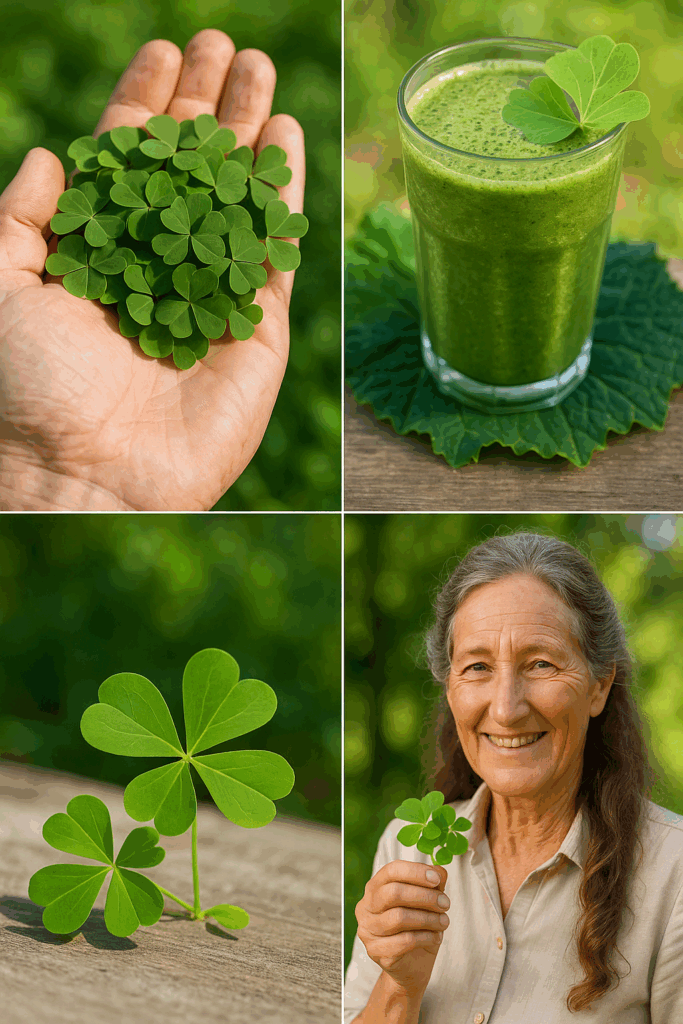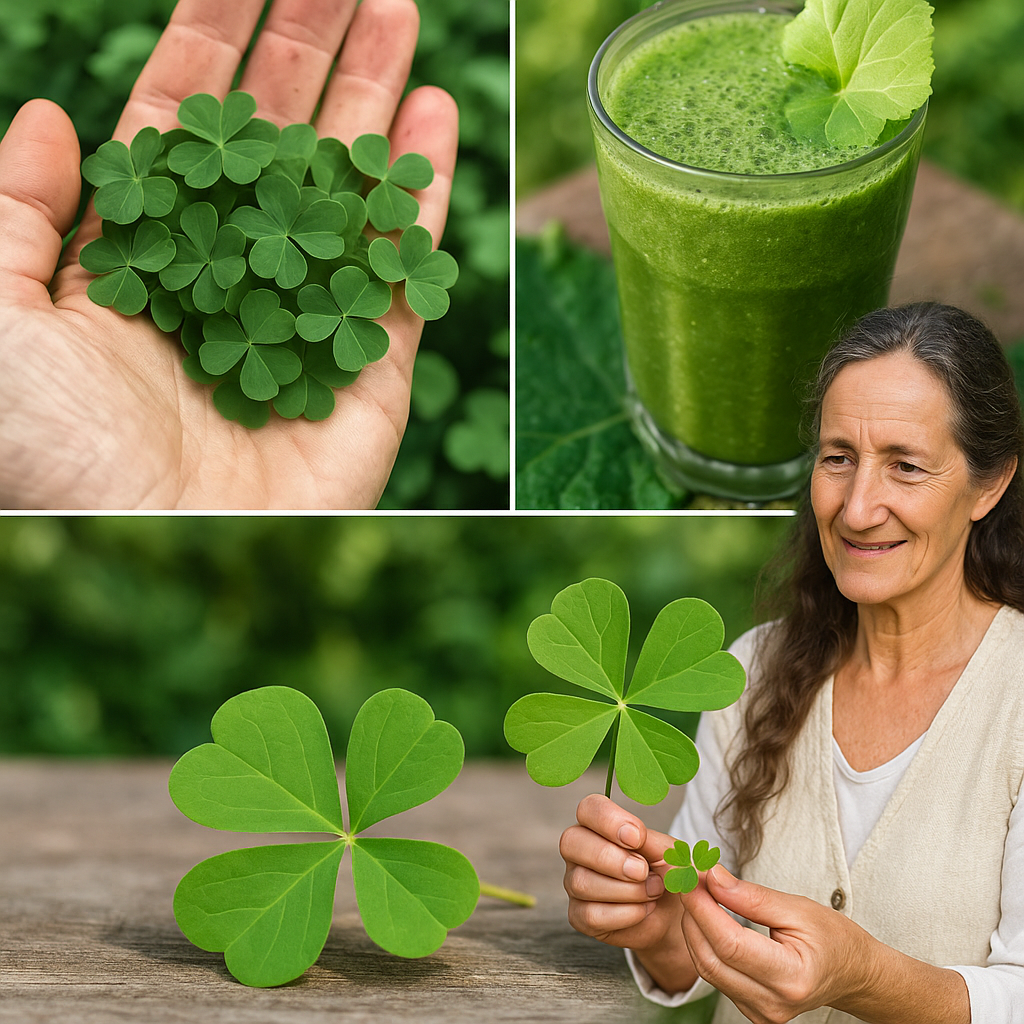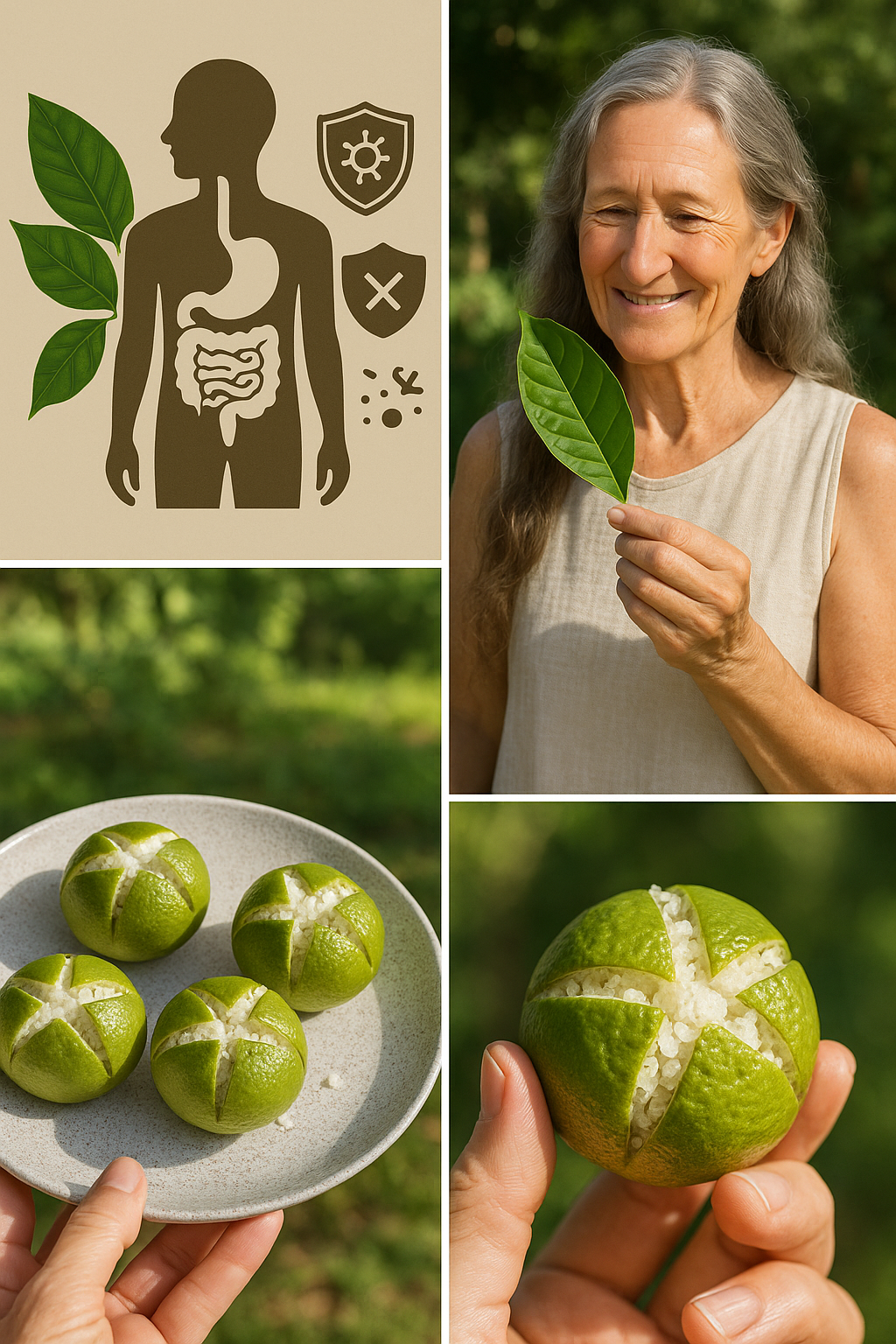✨ Hidden in plain sight across forest floors and shaded gardens, wood sorrel is quietly reclaiming its place in both herbal medicine and modern kitchens. Known scientifically as Oxalis acetosella, and affectionately referred to by charming names like cuckoo’s bread or Alleluia, this tangy little plant is far more than just a wild curiosity. It’s a nutritional gem — rich in flavor, packed with health-boosting compounds, and now enjoying a well-deserved renaissance.
If you’re on a quest to reconnect with nature’s healing pantry, wood sorrel is a plant you’ll want to know. Let’s explore what makes this bright green herb so special, how to identify it, what health benefits it offers, and how to start adding it to your diet — starting today.

🌿 What Is Wood Sorrel and Why Are People Talking About It?
Wood sorrel may look like clover at first glance, but its heart-shaped leaves, zesty flavor, and delicate white or pink-veined flowers quickly set it apart. Once considered a weed, it’s now getting the recognition it deserves as a natural source of nutrients and plant-based vitality.
Its refreshing, lemony tang comes from oxalic acid — the same compound that gives rhubarb its tartness. Used thoughtfully and in moderation, wood sorrel brings both flavor and function to your plate.
🍃 How to Identify Wood Sorrel in the Wild
Look for these telltale features:
🍀 Trifoliate leaves – three heart-shaped leaflets per stem, bright green in color
🌸 Small flowers – typically white or pink with subtle red or violet veins
🌱 Growth pattern – grows low to the ground in clusters or mats, often in shady areas
🌿 Slight reddish or purplish hue – sometimes visible on the leaf edges or stems
Its unmistakable sour taste makes it easy to recognize once you’ve tried it. A gentle nibble of the leaf gives you an instant lemony kick that lingers.
💪 The Nutritional Strength of Wood Sorrel
Don’t let its dainty appearance fool you — wood sorrel is loaded with powerful nutrients that contribute to overall wellness.
🍋 Rich in Vitamin C – Strengthens the immune system and supports radiant skin
🧠 Source of Omega-3 fatty acids – Promotes brain function and heart health
🛡️ Full of antioxidants – Contains glutathione and other compounds that protect cells from oxidative stress
🦴 Loaded with minerals – Offers calcium, potassium, magnesium, iron, and manganese to support bones, muscles, and circulation
Its unique combination of vitamins, antioxidants, and minerals makes it a wild superfood worthy of space in your kitchen and your health routine.
🌿 Health Benefits of Wood Sorrel
🌬 Supports Digestion – Traditionally used to relieve indigestion and stomach discomfort, wood sorrel gently stimulates the digestive system
🔥 Reduces Inflammation – Its anti-inflammatory compounds can help soothe sore joints and irritated skin when used externally
💧 Promotes Detoxification – Natural diuretic properties encourage kidney function and help flush toxins from the body
These benefits make wood sorrel a helpful addition for those focused on natural detox, digestive comfort, and overall balance.
🍽️ How to Use Wood Sorrel in Your Kitchen
The lemony flavor of wood sorrel pairs beautifully with both sweet and savory dishes. Here are some easy and creative ways to use it:
🥗 Fresh Salads – Add young leaves to green salads for a bright, tangy twist. They pair well with cucumber, avocado, and mild lettuces
🌿 Garnishes – Sprinkle on top of soups, roasted vegetables, or grilled meats to elevate presentation and taste
🥪 Sandwich Boost – Tuck a few leaves into wraps or sandwiches for an unexpected pop of citrus flavor
🍝 Wood Sorrel and Basil Pesto Recipe
This unique pesto combines traditional herbs with wood sorrel’s zingy edge, creating a sauce that’s perfect for pasta, toast, or dipping.
Ingredients
– 2 cups of fresh wood sorrel leaves and stems, coarsely chopped
– 1 clove of garlic
– 45 grams of fresh basil
– 45 grams of toasted almonds or pine nuts
– Juice of half a lemon
– 50 ml of olive oil
– Salt and pepper to taste
Instructions
🌱 Blend sorrel, basil, garlic, and nuts in a food processor until finely chopped
🍋 Add lemon juice and olive oil, blend again until smooth
🧂 Season to taste, blend briefly to mix
🥄 Store in a jar and refrigerate — enjoy within a week
This pesto adds brightness to pasta, sandwiches, grain bowls, and grilled vegetables.
🍓 Wood Sorrel and Berry Smoothie
Refreshing, antioxidant-rich, and packed with plant-based power.
Ingredients
– 1 cup of wood sorrel leaves
– 1 cup of mixed berries (blueberries, strawberries, raspberries)
– 1 ripe banana
– 1 cup of almond milk or plant-based milk of choice
– 1 tablespoon of honey or maple syrup (optional)

Instructions
🫐 Blend all ingredients until smooth
🍯 Add sweetener if needed and blend briefly again
🥤 Serve chilled for a delicious, detox-friendly drink
☝️ Important Note: Consume Wood Sorrel in Moderation
Because wood sorrel contains oxalic acid, it’s best enjoyed in small amounts. For most healthy individuals, occasional use in recipes is perfectly safe and beneficial. However, if you are prone to kidney stones or have a condition that requires low-oxalate foods, speak to a healthcare provider before adding it to your diet.
🌟 Final Thoughts
Wood sorrel is a perfect example of nature’s quiet genius — a plant once dismissed as a weed that now offers powerful support for wellness and flavor. Whether you sprinkle its leaves on your salad, blend them into a vibrant smoothie, or swirl them into pesto, this wild green brings something special to your plate and your health.
In a world of processed powders and artificial solutions, wood sorrel invites us back to the basics — fresh, whole, natural, and healing. So next time you’re foraging in your backyard or walking through the woods, keep your eyes open. The answer to better health might be growing right under your feet.


